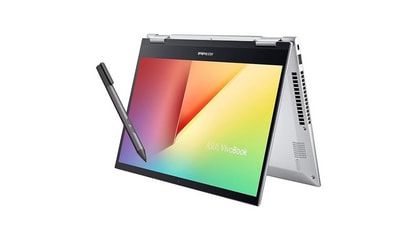Caught on camera: Moon ‘photobombs’ Earth, NASA camera captures rare moment
For the second time in 365 days, a NASA camera aboard the Deep Space Climate Observatory (DSCOVR) satellite captured a stunning view of the moon as it moved in front of the sun-lit side of Earth.

For the second time in 365 days, a NASA camera aboard the Deep Space Climate Observatory (DSCOVR) satellite captured a stunning view of the moon as it moved in front of the sun-lit side of Earth.
"For the second time in the life of DSCOVR, the moon moved between the spacecraft and Earth," said Adam Szabo, DSCOVR project scientist at NASA's Goddard Space Flight Center in Greenbelt, Maryland.
"The project recorded this event on July 5 with the same cadence and spatial resolution as the first 'lunar photobomb' on July 16 last year," he added.
Our #EPIC camera was collecting Earth data when the moon photobombed its way into the shot: https://t.co/z5VNJEWHQS pic.twitter.com/pjO0At9Y5R
— NASA (@NASA) July 11, 2016
The images were captured by NASA's Earth Polychromatic Imaging Camera (EPIC), a four-megapixel CCD camera and telescope on the DSCOVR satellite orbiting 1 million miles from Earth.
From its position between the sun and Earth, DSCOVR conducts its primary mission of real-time solar wind monitoring for the National Oceanic and Atmospheric Administration (NOAA).
EPIC maintains a constant view of the fully illuminated Earth as it rotates, providing scientific observations of ozone, vegetation, cloud height and aerosols in the atmosphere.
EPIC takes a series of 10 images using different narrowband spectral filters -- from ultraviolet to near infrared -- allowing study of daily variations over the entire globe.
Catch all the Latest Tech News, Mobile News, Laptop News, Gaming news, Wearables News , How To News, also keep up with us on Whatsapp channel,Twitter, Facebook, Google News, and Instagram. For our latest videos, subscribe to our YouTube channel.





































